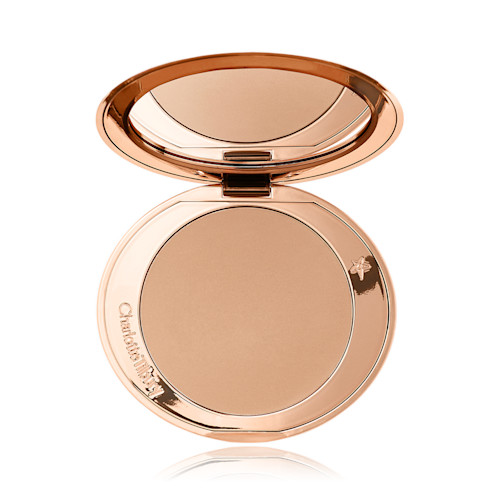Pumpkin Enzyme Mask – Super Size
This powerful, triple-action manual, chemical and enzymatic exfoliating treatment addresses a dull, aging, and congested complexion in three ways
This powerful, triple-action manual, chemical and enzymatic exfoliating treatment addresses a dull, aging, and congested complexion in three ways: exfoliates with Pumpkin Enzyme, reveals with Alpha Hydroxy Acid and polishes with Aluminum Oxide Crystals. Helps even the appearance of skin tone, smooth the look of fine lines and wrinkles and clarify to reveal skin that looks smoother, younger, radiant and revitalized.
Additional information
| Ingredients | – Pumpkin Enzyme |
|---|











by Dee
The use of pumpkin masks for older skin, was recommended by my dermatologist. I’ve been getting the pumpkin facials at the salon. Peter Thomas Roth was their product of choice used by all of the estheticians.
by Judy
I love PTR Pumpkin Enzyme Mask! I use it twice a week and am seeing wonderful results! I purchased another 10 oz size of the mask I love it so much. Best mask I have ever used!
by Monica
This product makes your face tingle and removes the top layer of product stuff. Smells great!
by Jennifer
Really love this mask. It does burn a little but it’s not as bad as you think. My skin feels really good after.